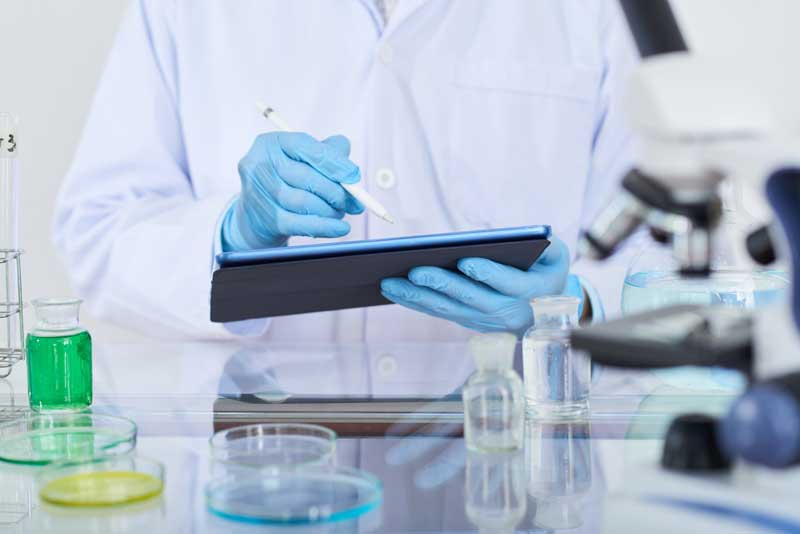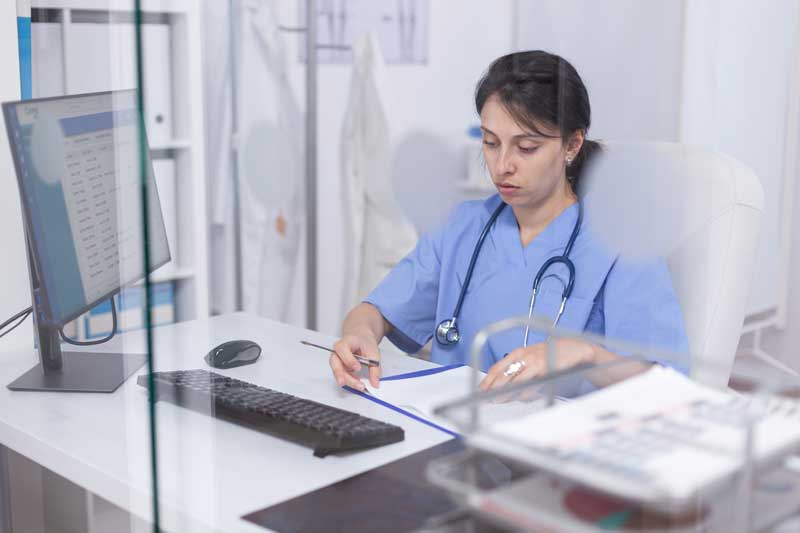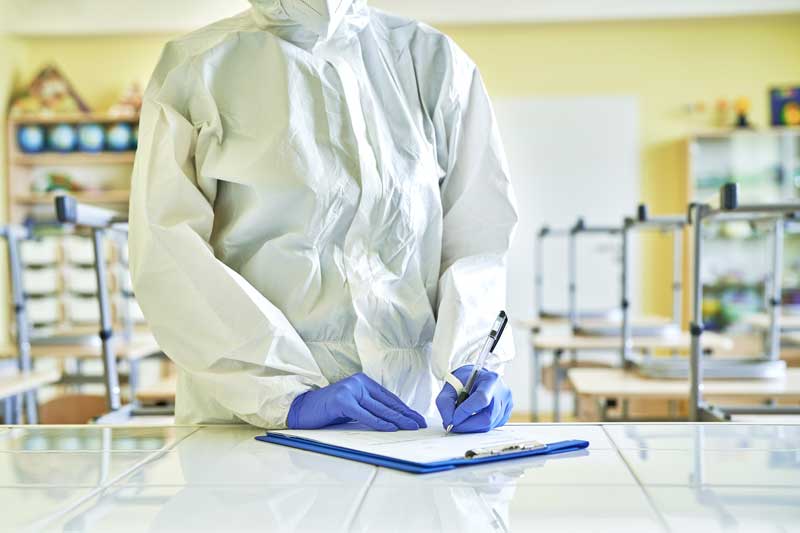Welcome to BioRadius
For Quality Generics is a Must, Not an Option…
Reach out to us for your bioequivalence requirements and get your generics on time and on budget to the market.
Our Services
BA / BE Studies
Bio-Availability and Bioequivalence studies.
BioAnalytical Research
Bio-Analytical Research and services.
Phase I-IV Services
Clinical trials.
Regulatory Affairs
Training, Research & Development.
Learn More About Us
No Project Too Big Or Too Small
The demand for generic Pharmaceuticals is constant. Demonstrating bioequivalence for your product is of paramount importance to ensure the quality and similar/indentical therapeutic effect of the generic to that of the innovator product.
We understand the importance of your timelines and assist you in every step of your product’s bioequivalence need, to steer the product into market within the timeframe.
There is no distinction between pilots and pivotal studies at BioRadius. Reliable results of your pilot study is a key to decide the portfolio of your company. Regulatory compliant conduction of Pivotal studies are necessary for your product’s success and establish its place in the market.
Every project is important to us and so is the client.
Man years of experience
Studies completed
Our Services
Clinical Research & Monitoring
Patient-based clinical research is a beacon of hope for patients with unmet medical needs. Moving through the phases of study planing, subject recruitment and execution of the study in the circles of the ever-evolving regulatory environment can be very intimidating. BioRadius, with its vast network of consultants, is your right partner to plan , execute and montior the studies to bring your product, the hope of patients, to their bedside.
Training and Research
BioRadius training Institute is a not-for-profit research organization that was developed to empower young talents in the field of clinical research. Carefully drafted intensive hands-on training curruiculum for medical doctors, Nurses, Scientists and graduates to excel in clinical research. Reach out to us to know more about the programs.
Regulatory Affairs
Innovation, research and development of life saving drugs requires meticulous scientific reasoning and good knowledge on the regulatory wire frames. The Regulatory affairs team of BioRadius is made of former drug inspectors and senior officers of various regulatory agencies- who through their years of experience- guide the clients of BioRadius through the regulatory aspects of the projects and inspections.
Medical writing and Project management
BioRadius’s Medical writing team comprises of scientists from various field of research. Our team works closely with subject matter experts, consultants and regulatory team to deliver reports and documents of high-level quality. When the documents are doing the talking, you dont have to! Try us for your medical and science writing requirements. We are certain that our scientific and medical writing are unparalleled.
Excellence in BioEquivalence
We are Young, Dedicated, Talented and Excel in what we do. BioRadius is built for bioequivalence, – A dedicated centre that is trusted by many international pharmaceutical companies for their BA/BE requirements.
Call For a Quote:
+91 91121 26448
Let’s bring your generic to the market – together
We are just an email away to give you a steady hand in your effort to bring your product to the market.
What is Bioavailability?
Bioavailability is referred to as the extent and rate to which the active drug ingredient or active moiety from the drug product is absorbed and becomes available at the site of drug action. The relative bioavailability in terms of the rate and extent of drug absorption is considered predictive of clinical outcomes.The extent and rate of drug absorption are usually measured by the area under the blood or plasma concentration-time curve (AUC) and the maximum concentration (Cmax), respectively.
What makes a drug bio equivalent?
When two formulations of the same drug or two drug products are claimed bioequivalent, it is assumed that they will provide the same therapeutic effect or that they are therapeutically equivalent. In this case, most people interpret that they can be used interchangeably. Two drug products are considered pharmaceutical equivalents if they contain identical amounts of the same active ingredient. Two drugs are identified as pharmaceutical alternatives to each other if both contain an identical therapeutic moiety, but not necessarily in the same amount or dosage form or as the same salt or ester. Two drug products are said to be bioequivalent if they are pharmaceutical equivalents (i.e., similar dosage forms made, perhaps, by different manufacturers) or pharmaceutical alternatives (i.e., different dosage forms) and if their rates and extents of absorption do not show a significant difference to which the active ingredient or active moiety in pharmaceutical equivalents or pharmaceutical alternatives become available at the site of action when administered at the same molar dose under similar conditions in an appropriately designed study.
How is bio equivalence defined?
Bioequivalence is the property of two dosage forms or active ingredients with similar blood concentration levels that produce the same effect at the site of physiologic activity.
Why bioequivalence study is important?
Bioequivalence studies are very important for the development of a pharmaceutical preparation in the pharmaceutical industry. The target of such study is to evaluate the therapeutic compatibility of tested drugs (pharmaceutical equivalents or pharmaceutical alternatives).
Are all generics bio equivalent?
Bioequivalence assessment for generics approval can only be done under the so-called Fundamental Bioequivalence Assumption which states that “If two drug products are shown to be bioequivalent, it is assumed that they will generally reach the same therapeutic effect or they are therapeutically equivalent.” Under the Fundamental Bioequivalence Assumption, one of the controversial issues is that bioequivalence may not necessarily imply therapeutic equivalence and therapeutic equivalence does not guarantee bioequivalence either. The verification of the Fundamental Bioequivalence Assumption, however, is often difficult, if not impossible, without the conduct of clinical trials. In practice, there are four possible scenarios when assessing bioequivalence for generics approval:
-
Drug absorption profiles are similar and they are therapeutic equivalent; – In this case, PK responses such as AUC and Cmax serve as surrogate endpoints for clinical endpoints for assessment of efficacy and safety of the test product under investigation.
-
Drug absorption profiles are not similar but they are therapeutic equivalent;- this is the case where generic companies try for generic approval of their drug products especially when their products fail to meet regulatory requirement for bio equivalence.
-
Drug absorption profiles are similar but they are not therapeutic equivalent;
-
Drug absorption profiles are not similar and they are not therapeutic equivalent.
What are the criteria for bioequivalence?
What is a study design and why is it important?
The most common design of bio equivalence studies is a two-sequence two-period two-treatment crossover design, where inclusion of 90% confidence intervals of pharmacokinetic metrics in a pre-defined acceptance range has to be shown. However the limitation of this study design is that it does not provide independent estimates of intra-subject variabilities since each subject receives the same treatment only once. In the interest of assessing intra-subject variabilities, the following alternative higher-order crossover designs for comparing two drug products are often considered:
-
Design 1: Balaam’s design – i.e., (TT, RR, RT, TR);
-
Design 2: Two-sequence, three-period dual design – i.e., (TRR, RTT);
-
Design 3: Four-period design with two sequences – i.e., (TRRT, RTTR);
-
Design 4: Four-period design with four sequences – i.e., (TTRR, RRTT, TRTR, RTTR).
For comparing more than two drug products, a Williams’ design is often considered. For example, for comparing three drug products, a six-sequence, three-period (6×3) Williams’ design is usually considered, while a 4×4 Williams’ design is employed for comparing 4 drug products. Williams’ design is a variance stabilizing design.
High variability drugs (HVD) and bioequivalence research:
The general criteria of bioequivalence does not take into consideration the therapeutic window (TW) and intra subject variability (ISV) of drug and a flexible criteria interms of safety (upper bioequivalence limit) and efficacy (lower bioequivalence limit) was required for the drugs with a high ISV and narrow or wide TW. For these drugs, scaled average bioequivalence are considered.




